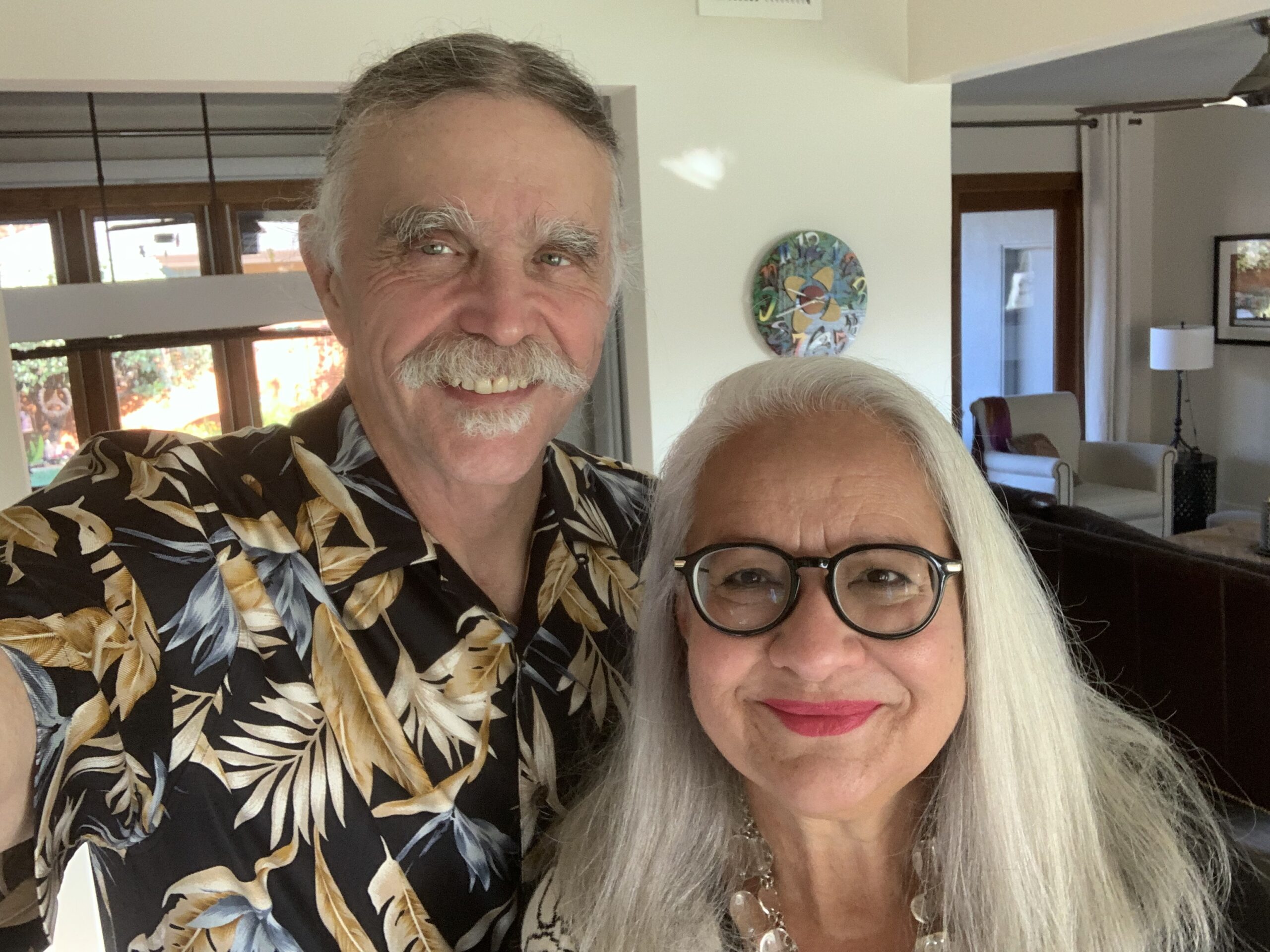By Barney Brinkmann

Barney Brinkmann retired four years ago after a 40-year career with AT&T as an engineer in St. Louis and Dallas. His sense of wanderlust has taken the St. Louis native to India (five times!); scuba diving off Tioman Island, the Hawaiian Islands, and the South Pacific; and to Europe to visit World War II sites. Barney enjoys exercising, jogging, listening to music (Grateful Dead and Ike Reilly are favorites), reading, spending time with his three grown children, five grandchildren, and one grand-dog, and enjoying the beauty of Northern California. He truly exemplifies his favorite saying that, “every day is a holiday.”
The bright yellow card stock mailer caught my eye amidst my stack of daily mail. It had a compelling message: “If you’re over 50 and an ex-smoker, you should get a low dose CT scan.” I fit both of those qualifiers. The postcard floated around our home and then my office for several weeks. One day, the card fell out of my work calendar. “I need to call for a physician’s referral,” I remember telling myself.
I did. Within a week, I had an appointment for my first low dose CT scan. It was May 2016.
My first scan
I sat in my Dallas healthcare provider’s muted pastel waiting room, having no idea what a low dose CT scan entailed. I learned that I was to undergo a non-contrasting CT scan. At the time, I had no idea there were two types of low dose CT scans. The other type is a contrasting low dose CT scan. A contrasting scan involves the introduction of a contrasting fluid to help with the scan. (I will get back to that later!)
I was called back into the radiology area. With no change of clothes needed, I was instructed to lay face-up on the sliding “bed” and to stretch my arms parallel to each other over my head. I was expecting a long narrow tube with inches between your face and the walls of the tube. Instead, it was more like a large donut through which the bed you’re lying on slides in and out a few times.
The procedure was so simple. “Breathe in” and “breathe out” were the only instructions from the scanner as my bed effortlessly repositioned itself a few times. That was it. Easy, quick, and even more brief than the time I had spent sitting in the waiting room.
Receiving a lung cancer diagnosis
At the time of this first scan, I wasn’t worried and had never thought about a lung cancer diagnosis. I was there as a preventative measure. I jogged 10-12 miles weekly and walked 56 flights of stairs each weekday in my downtown office building. I had never felt better.
Within a week of my first test, I was told about a suspicious one-inch spot on the upper right lobe of my lungs. I soon learned that the diagnosis was lung cancer and by mid-June my upper right lung lobe was removed. I had non-small cell lung cancer, stage 1B.
Getting regular scans
 Since that first scan, I have become familiar with the second type of low dose CT scan, the contrasting type. The main difference is that contrasting fluid is injected while the scan is underway. This helps the radiologist and others do their job. Dealing with the needle and the feeling of warmth when the fluid is injected is something I have grown used to. When you have a contrasting low dose CT scan, they will ask you to be well hydrated before the scan to help flush out the contrasting fluid after the test. You should always check with your healthcare team when undergoing these tests about expectations and possible issues. In my case, I haven’t had a problem.
Since that first scan, I have become familiar with the second type of low dose CT scan, the contrasting type. The main difference is that contrasting fluid is injected while the scan is underway. This helps the radiologist and others do their job. Dealing with the needle and the feeling of warmth when the fluid is injected is something I have grown used to. When you have a contrasting low dose CT scan, they will ask you to be well hydrated before the scan to help flush out the contrasting fluid after the test. You should always check with your healthcare team when undergoing these tests about expectations and possible issues. In my case, I haven’t had a problem.
After my surgery, my contrasting low dose CT scans were every three months for the first year, then switching to every six months. Now, after seven years, I still have a scan every six to eight months because of my health history.
You would think that seven years in I wouldn’t get “CT anxiety” (sometimes called “scanxiety”) anymore. Well, you would be wrong. The first couple of years my “CT anxiety” was worse than it is now. Luckily, the passage of time between my diagnosis and today seems to have helped ease some of this anxiety but I still feel it every time I have to be scanned.
Becoming an advocate
As someone who benefited greatly from a low dose CT scan, I have become an advocate for all who are eligible for this test. In November 2022, the American Lung Association reported that only 5.8% of eligible Americans have been screened. In some states that percentage is as low as 1%. In all cancers, early detection is the key. A low dose CT scan is an excellent tool to help identify lung cancer. I urge you to become an advocate for yourself and your family. Talk to your healthcare team to see if you are eligible for this important diagnostic tool.
It could save your life. It did mine.
Do you have questions about lung cancer screening? Our support team is here to help. Call 1-800-298-2436 or email support@go2.org today.

Leave A Comment